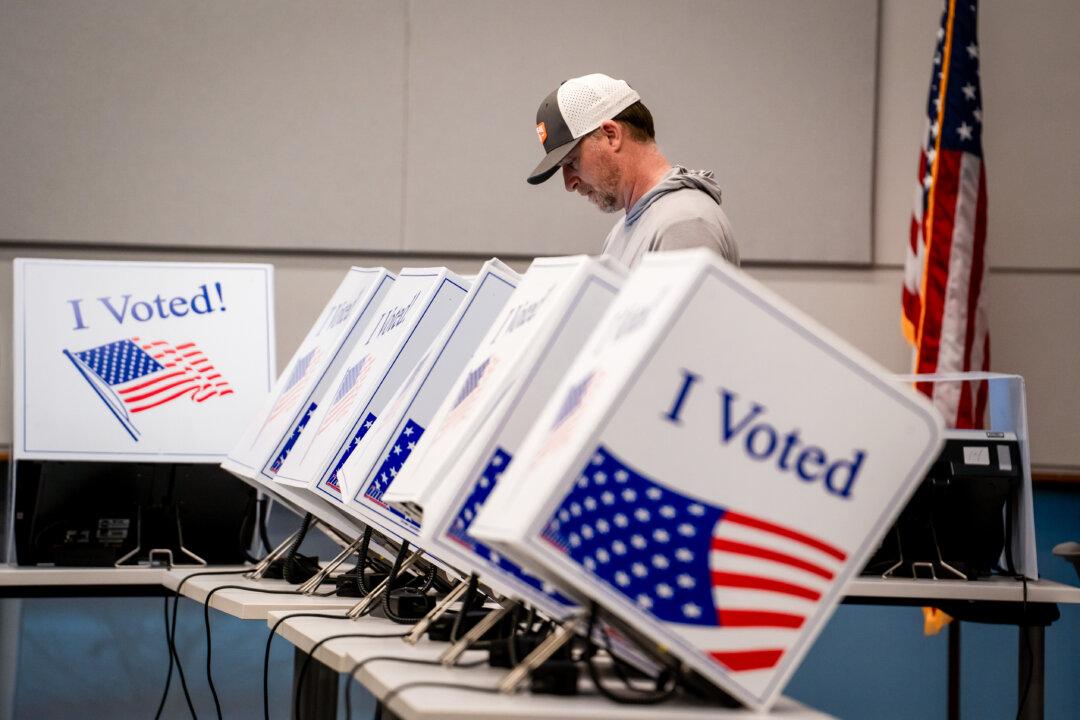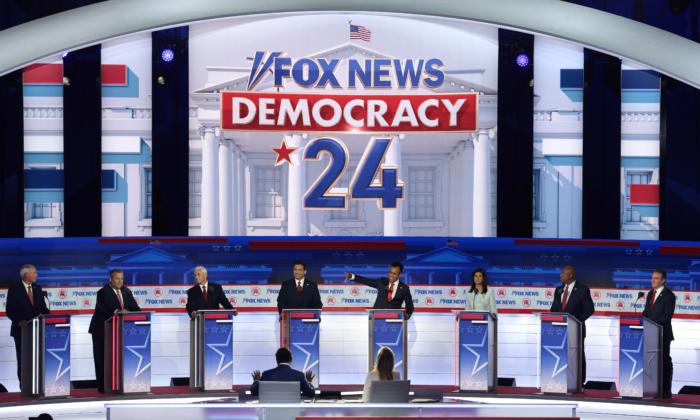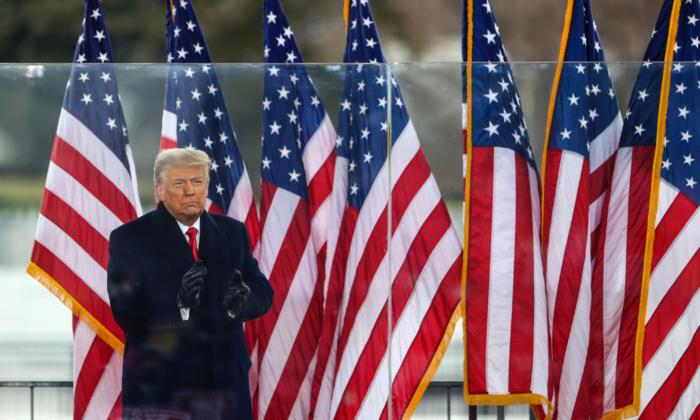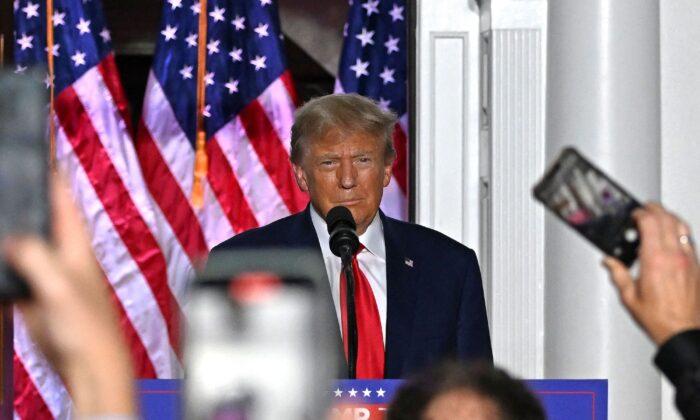NEW YORK—The BMW Guggenheim Lab, featuring an open-air space with tables, interactive games, a green path, and a café, opened in a lot at Houston Street and Second Avenue on Aug. 3. Since then, the project has been offering interactive workshops in areas of urbanism, technology, art, design, sustainability, and technology.
Itself an exercise in reshaping the urban landscape, the lot that houses the installation used to be filled with rubble and infested with rats. The conversion created an accessible oasis for visitors and local residents alike. Once the installation wraps up, the lot will be converted into a public park.
More than 150 programs have been offered in the space. Each encourages participants to engage in active conversation. Rosanna Flouty, public programs manager at the BMW Guggenheim Lab, said she was surprised to see how people interact during the workshops without the common interruptions of cell phones and laptops.
“I think it’s been extraordinary how people engage,” commented Flouty. “They’re people from really far and really near, but they are really spending time facing one another and talking through different solutions for urban life.”
One of the activities that encourages interaction is a game-show-like workshop titled “Urbanology,” which explores how decisions in the areas of education, housing, health care, infrastructure, and mobility shape modern cities and affect their inhabitants. Two conductors start the game once five people show interest in playing.
Itself an exercise in reshaping the urban landscape, the lot that houses the installation used to be filled with rubble and infested with rats. The conversion created an accessible oasis for visitors and local residents alike. Once the installation wraps up, the lot will be converted into a public park.
More than 150 programs have been offered in the space. Each encourages participants to engage in active conversation. Rosanna Flouty, public programs manager at the BMW Guggenheim Lab, said she was surprised to see how people interact during the workshops without the common interruptions of cell phones and laptops.
“I think it’s been extraordinary how people engage,” commented Flouty. “They’re people from really far and really near, but they are really spending time facing one another and talking through different solutions for urban life.”
One of the activities that encourages interaction is a game-show-like workshop titled “Urbanology,” which explores how decisions in the areas of education, housing, health care, infrastructure, and mobility shape modern cities and affect their inhabitants. Two conductors start the game once five people show interest in playing.
Players are given a choice between five large tokens: affordability, livability, sustainability, transportation, and wealth. A series of questions come up on a large screen, and the players are encouraged to answer them based on their station’s priority. The catch is that players must vote as a group, with the majority vote picking the answer. As a result, lively—and sometimes charged—discussions occur.
“You get to actually see, physically, the consequences of the decisions you make in the city,” said Eric Henderson, a game host. “Systems are dynamic; there’s not one thing that exists in a vacuum. So that’s the cool part about it—you get to see how all of these systems are related.”
For example, in one round of the game, 42.25 percent of the participants answered yes when asked, “Will you increase the number of security cameras in public spaces?” As a result, the game station labeled “livability” moved forward one space, while the station labeled “wealth” moved back.
“They [the players] are building the city of the future, in theory. These scenarios are ‘yes or no,’ and they’re real-world examples. They’re thorny questions that really do affect the systems represented by the game tokens here on the board,” said Kate Dineen, another game host.
The game tokens are artwork on their own, standing around 4 feet tall. The clear blocks encase woodwork that represents two sides of an argument connected to each of the systems. For example, the “transportation” token is filled with 1,500 cutout cards shaped like taxi cabs. The number is representative of how many people a single train can carry at full capacity. The participants are challenged to prioritize transportation in relation to other tokens: affordability, livability, sustainability, and wealth.
When the space closes on Oct. 17, the mobile installation will move to Berlin, Germany, and then to Mumbai, India. The project’s first cycle will conclude with an exhibition at the Solomon R. Guggenheim Museum in 2013.
“You get to actually see, physically, the consequences of the decisions you make in the city,” said Eric Henderson, a game host. “Systems are dynamic; there’s not one thing that exists in a vacuum. So that’s the cool part about it—you get to see how all of these systems are related.”
For example, in one round of the game, 42.25 percent of the participants answered yes when asked, “Will you increase the number of security cameras in public spaces?” As a result, the game station labeled “livability” moved forward one space, while the station labeled “wealth” moved back.
“They [the players] are building the city of the future, in theory. These scenarios are ‘yes or no,’ and they’re real-world examples. They’re thorny questions that really do affect the systems represented by the game tokens here on the board,” said Kate Dineen, another game host.
The game tokens are artwork on their own, standing around 4 feet tall. The clear blocks encase woodwork that represents two sides of an argument connected to each of the systems. For example, the “transportation” token is filled with 1,500 cutout cards shaped like taxi cabs. The number is representative of how many people a single train can carry at full capacity. The participants are challenged to prioritize transportation in relation to other tokens: affordability, livability, sustainability, and wealth.
When the space closes on Oct. 17, the mobile installation will move to Berlin, Germany, and then to Mumbai, India. The project’s first cycle will conclude with an exhibition at the Solomon R. Guggenheim Museum in 2013.





Friends Read Free